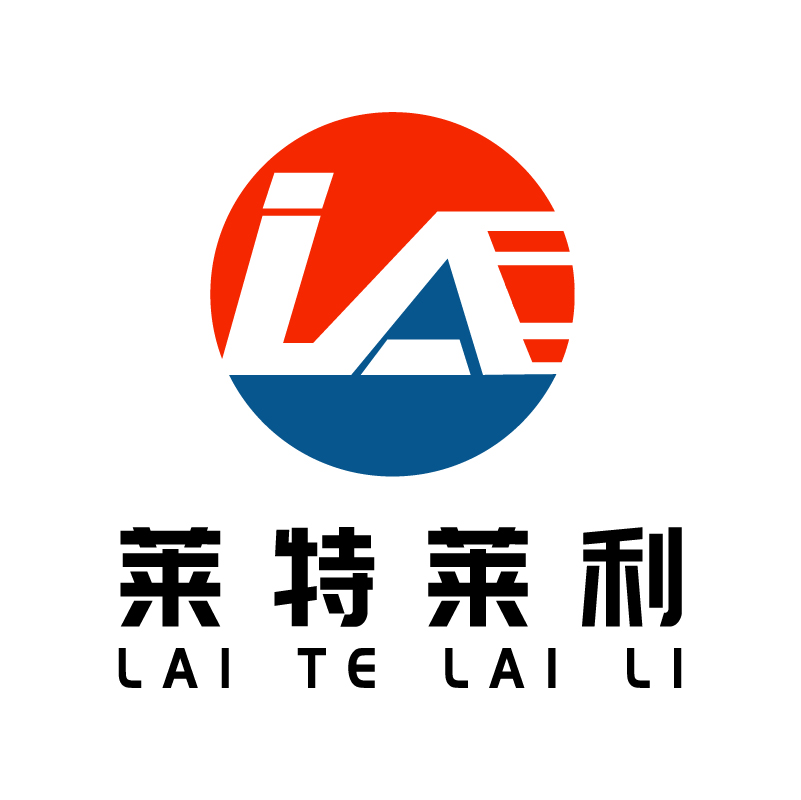What are the main aspects of market competition in the carbon belt industry?
The market competition in the carbon belt industry is mainly concentrated in the following aspects:
First,Market share and brand influence
1.International brand competition: international mainstream enterprises such as Almo-E-code (ARMOR-IIMAK), Dainippon Printing Co., LTD. (DNP), RICOH (RICOH), etc., with its long-term accumulation and advantages in formula design, production process, marketing network layout, etc., occupy an important position in the global market. These brands compete with local brands through high-quality products and strong brand influence.
2.The rise of local brands: domestic carbon belt brands such as Zhuo Li film material, digital world, etc., in recent years, through continuous increase in research and development investment, improve product quality and technical level, gradually broke the monopoly pattern of foreign brands in the high-end product market, and realized the localization of some products. Local brands have a high market share in the domestic market and are actively expanding into the international market.
Second, product type and performance
1.Product variety richness: There are a wide variety of products in the carbon belt industry, including wax-based carbon belts, mixed carbon belts, resin-based carbon belts, etc. Enterprises need to provide diversified products to meet the needs of different industries and different application scenarios.
2.Product performance and innovation: With the progress of technology and changes in market demand, the performance of carbon belt products continues to improve, such as higher clarity, stronger weather resistance and chemical resistance. Enterprises need to continuously introduce new products that meet market demand through technological innovation and product research and development to maintain competitiveness.
Third, price and cost
1.Cost control: The market competition in the carbon belt industry is fierce, and price has become one of the important means for enterprises to compete for market share. Enterprises need to reduce costs by optimizing the production process and reducing the cost of raw materials to improve the price competitiveness of products.
2.Price strategy: For different markets and customer groups, enterprises need to develop different price strategies. For example, to provide high quality, high value-added products in the high-end market and maintain a high price level; At the lower end of the market, they attract customers through price advantages.
Fourth, environmental protection and sustainable development
1.Environmental requirements: With the increase of global environmental awareness, the carbon belt industry is also facing more and more stringent environmental requirements. Enterprises need to actively adopt environmentally friendly materials and production processes to reduce pollution emissions and waste of resources to meet the requirements of the market and regulations.
2.Sustainable development: Enterprises also need to pay attention to the sustainable development of the carbon belt industry, reduce the environmental impact by promoting circular economy, energy conservation and emission reduction measures, and enhance the social image and brand value of enterprises.
Fifth,Technology and Service
1.Technological innovation: Technological innovation is the core driving force for the development of the carbon belt industry. Enterprises need to continuously invest in research and development resources to promote the application of new materials, new processes and new equipment to improve the performance and added value of products.
2.Service quality: Quality service is also one of the important means of enterprise competition. Enterprises need to establish a perfect after-sales service system, timely response to customer needs and provide professional technical support and solutions to enhance customer satisfaction and loyalty.
To sum up, the market competition in the carbon belt industry mainly focuses on market share and brand influence, product types and performance, price and cost, environmental protection and sustainable development, technology and services. Enterprises need to comprehensively enhance their own strength to adapt to market changes and meet customer needs.



